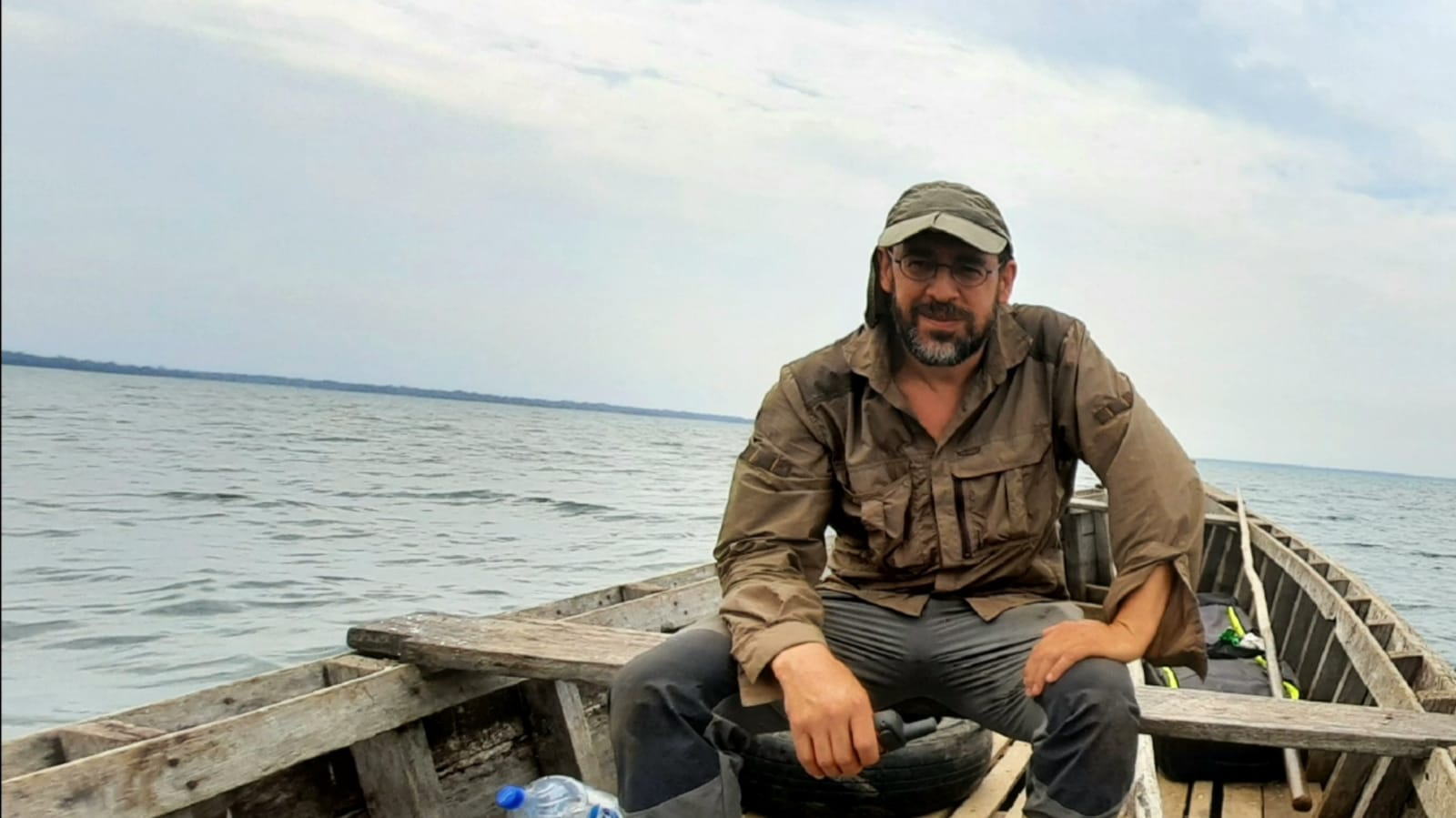Umberto Lombardo receives an ERC Consolidator Grant to reconstruct human demography in prehistoric times
ICTA-UAB researcher Umberto Lombardo was awarded a Consolidator Grant from the European Research Council (ERC) for the development of a project aimed at reconstructing the human demography of the southwestern Amazonia during the Holocene and to reveal the role of environmental and cultural changes in shaping it.

The European Research Council (ERC) has announced the 313 winners of its 2021 Consolidator Grant competition. These excellent mid-career scientists are awarded a total of €632 million, as part of the Horizon Europe programme, to tackle big scientific questions. With grants worth up to €2 million each, they will be able to consolidate their research teams and to develop their innovative ideas. They are likely to employ post docs, PhD students and other research team members. In this latest call, 2,652 applicants submitted proposals and 12% of them will receive funding. Male and female applicants were equally successful in winning the grants.
ICTA-UAB researcher Umberto Lombardo will receive the Consolidator Grant to develop the project “Drivers of Demographic Dynamics” (DEMODRIVERS). This grant, funded with EUR 2.7 million, will launch a new research group at ICTA-UAB, formed by 2 postdocs, 5 PhDs and a laboratory technician.
Despite decades of research, the relative importance of environmental vs cultural factors in determining prehistoric population growth is still one of archaeology’s greatest scientific challenges. Reaching an agreement about the drivers of demographic dynamics is very difficult because of the fragmentary, incomplete and biased nature of archaeological records. Umberto Lombardo’s project DEMODRIVERS is designed to overcome this problem.
This five-year interdisciplinary project will investigate the patterns and drivers of human demographic dynamics by focusing on a regional case study, the Llanos de Moxos in the Bolivian Amazon, that has a potentially unparalleled explanatory power. This region at the southwestern end of the Amazon hosts a recently discovered, almost complete archaeological record, made up of 4700 sites spanning 8300 years and distributed over 100,000 km2. This record is unique in the world, offering us the first opportunity to quantify how far demographic trends and patterns responded to exogenous (climate, landscape) and endogenous (culture, technology) variables. This research aims to exploit the full potential of the Llanos de Moxos archaeological record by taking an unconventional approach: the density of the occupation and its spatial and temporal boundaries will be measured by studying 150 stratigraphic cores extracted from 100 evenly distributed archaeological sites.
The project includes 3 periods of fieldwork in the Bolivian Amazon for a total of 9 months. The approach is interdisciplinary, integrating conventional archaeology with state-of-the-art geoarchaeology, biomarkers, palaeoclimatology, palaeoecology and artificial intelligence. The results of the project will provide a very thoroughly documented case study against which other models and reconstructions based on incomplete, fragmented and often biased datasets can be compared. The results of the project have broad implications across several disciplines.